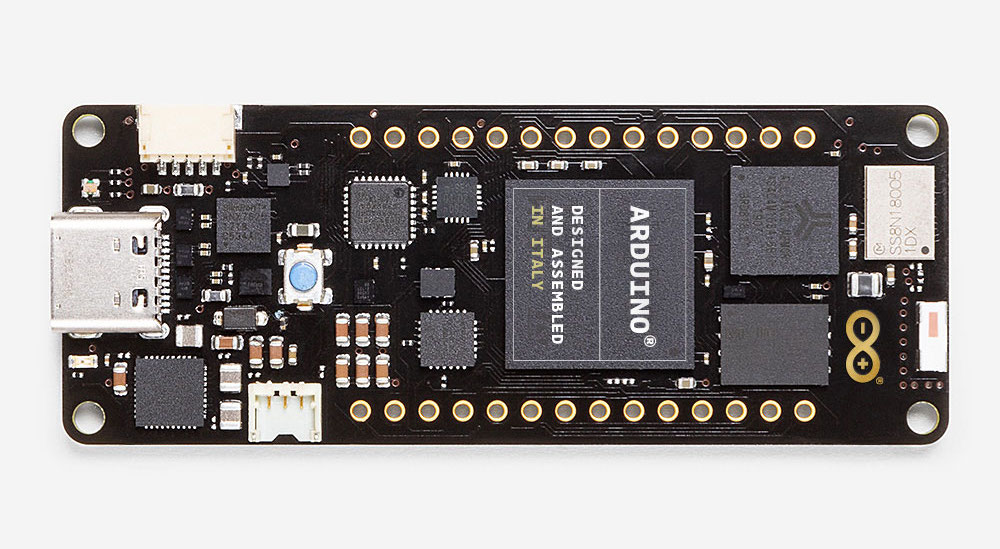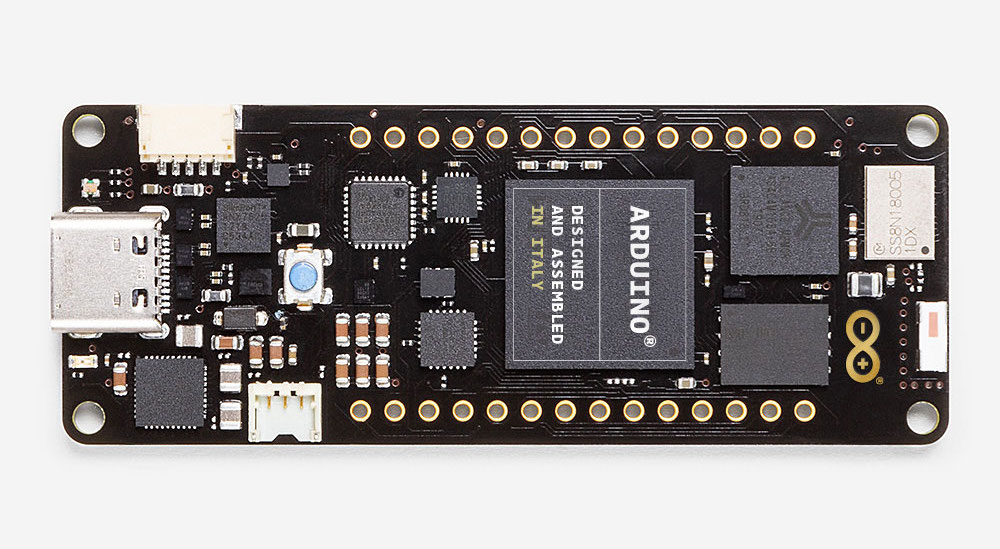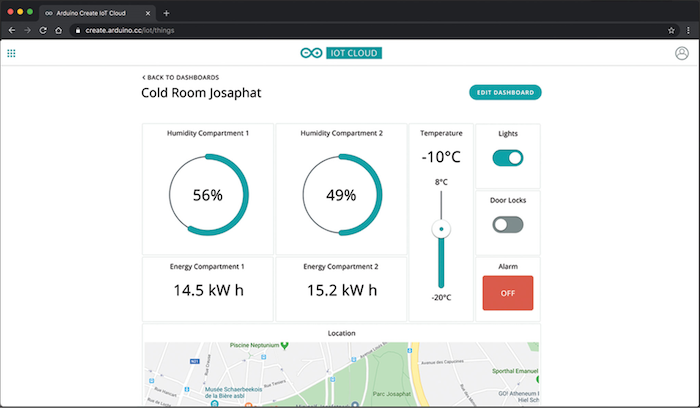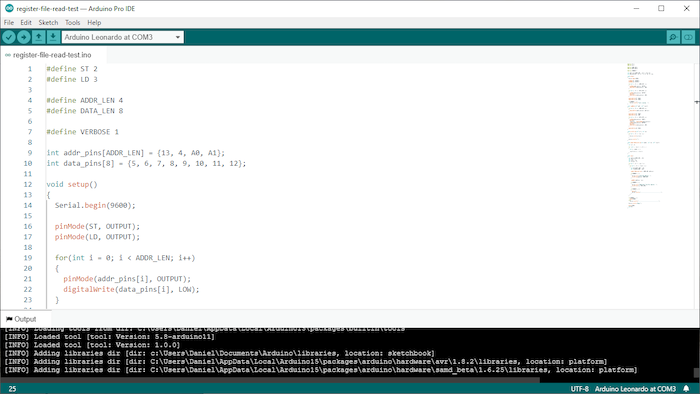Arduino Pro targets businesses with a new ecosystem complete with a powerful new board and development tools.
Millions of makers and professionals worldwide use the Arduino platform to build interesting projects and prototypes. However, that usually requires specific skills and knowledge, which can make it hard for companies and organizations to get into the field of IoT and automation.
This is exactly who the new Arduino Pro range was designed for: companies and organizations. It promises to be a simple, quick, and secure IoT application development platform. In this article, I’ll give you a short overview and discuss a few things that I found interesting.
The Arduino What??
While Arduino released the alpha version of Arduino Pro IDE back in October 2019, they just introduced the entire Arduino Pro ecosystem at CES 2020 in Las Vegas.
The Pro platform is an attempt to give companies a way to quickly and securely connect remote sensors to existing business logic by combining a low-code application development platform with modular hardware.
The Arduino Pro Hardware
Together with the new Pro platform, Arduino has also announced a new board that goes along with it: the Arduino Portenta H7. This new board boasts some pretty impressive features.
The main processor consists of two independent processing units that can communicate via RPC. Having two processing units allows you to run Arduino sketches with MBed support, native MBed applications, and high-level languages (JavaScript and MicroPython). TensorFlow Lite is also supported.
The Arduino Portenta H7. Image credit: Arduino.
The Portenta Carrier is an extension board that allows you to access many more I/O ports of the H7. It contains connectors for Ethernet (RJ-45), CAN bus (RJ-9), audio in and out, an 8-bit camera, USB, DisplayPort, 40 additional GPIO pins, and more.
Furthermore, it can take a SIM card so that you can connect your H7 microcontroller board to a cellular network, and with the LoRa technology, you can even host your personal long-range wireless network.
How to Program an Arduino Pro Device
Arduino announced three methods available to program an Arduino Pro device:
- Arduino IoT Cloud
- Arduino IDE
- Arduino CLI
The Arduino IoT cloud, which is a simple web-app, allows you to connect, program, and monitor your existing IoT boards. This is the easiest way to deploy code to an IoT Arduino. You just have to use the app’s GUI to configure your device, and the web-app generates the code. This method also allows you to stream sensor data to a spreadsheet or other third party services like Amazon Alexa.
According to Arduino, it’s also possible to retrofit older boards with shields to bring them online and use them in conjunction with the web app.
A screenshot from Arduino IoT Cloud. Image credit: Arduino.
The well-established Arduino IDE (either the standard version, the online-editor, or the new Pro version) can also program the devices. This allows you to do much more than you could with the web app.
The third alternative, Arduino CLI, is aimed at more experienced users. Arduino CLI has been around for a while, used in the Arduino Create Web Editor.
Arduino Pro IDE and Cellular Data Plans
As mentioned above, a new version of the Arduino IDE is available which introduces some new features.
A screenshot of the new Arduino Pro IDE. Image credit: Arduino.
Arduino also announced a custom cellular data plan that you can only use to connect your devices to the Arduino IoT cloud. It comes with 10 MB of data for free for the first 90 days, and then it’s a monthly subscription that runs at $1.50 per device.
Who Could Benefit From Arduino Pro?
I think that large companies have the money to hire engineers that can easily work with the existing line-up of Arduino (or any other solution), and small startups often have a technical background anyway. So who could benefit from the new Pro ecosystem?
I think medium-sized businesses like restaurants, farms, and gas-stations could easily implement a simple monitoring system using this new platform. It could be done in a way that all the employees and managers would easily understand and be able to maintain themselves.
Furthermore, this device could be a convenient way to evaluate an idea. Let’s suppose that a company wants to track its delivery trucks, but they want to test that concept on a very small number of vehicles first. Existing solutions might not be available in small quantities and the company would, therefore, need to purchase an expensive solution. So instead, they might be able to reduce the cost of this evaluation project by using a small number of Arduino Pro devices and the IoT cloud service.
What is the Community Saying?
While it's certainly an exciting and attractive announcement, there is some skepticism of its viability in supporting the volume larger manufacturers need.
The new Arduino Portenta H7 certainly is an interesting development board that offers real-time capabilities and many different ways to connect it to a network.
The Arduino IoT cloud is a good way for beginners to quickly get into IoT development, but I don’t think that there are many cases where a large company would want to use it. However, I suppose it’s a great way to get started for smaller and medium-sized businesses.
Keep in mind that this solution was not made for makers and experts, but it’s rather meant to be a way for inexperienced users and small businesses to get started.
Tell Us What You Think!
This is a pretty big removal from what Arduino started out creating. What do you think of the announcement? Is there a market for Arduino in the professional arena? What hurdles do you see discouraging its use?
Let us know in the comments!






